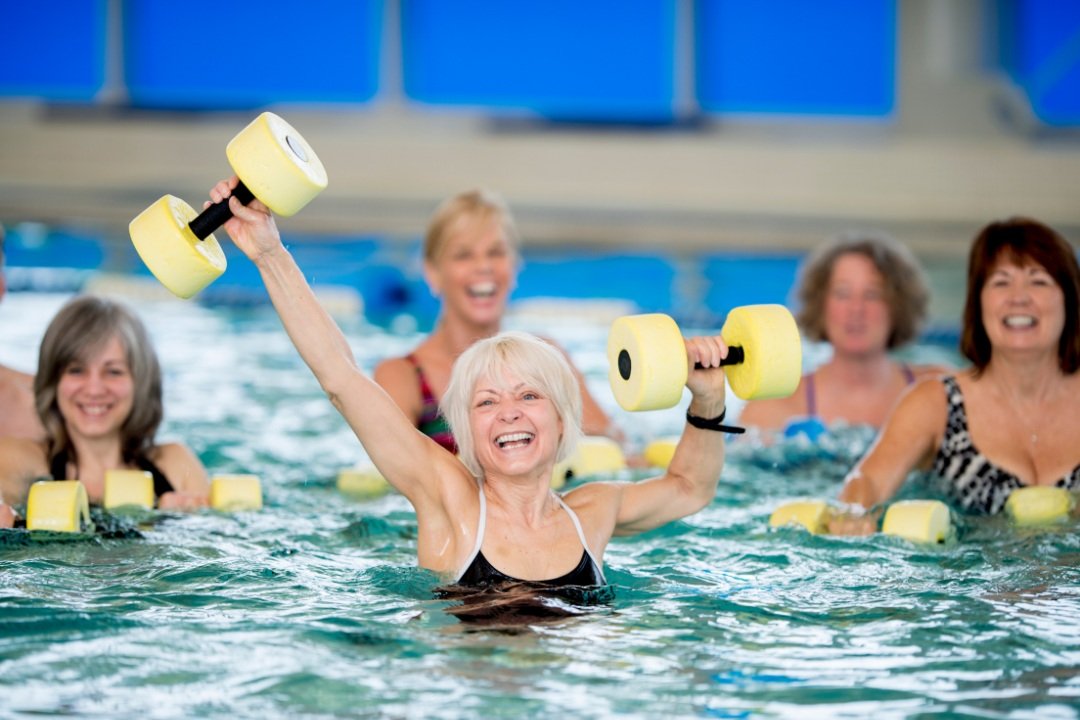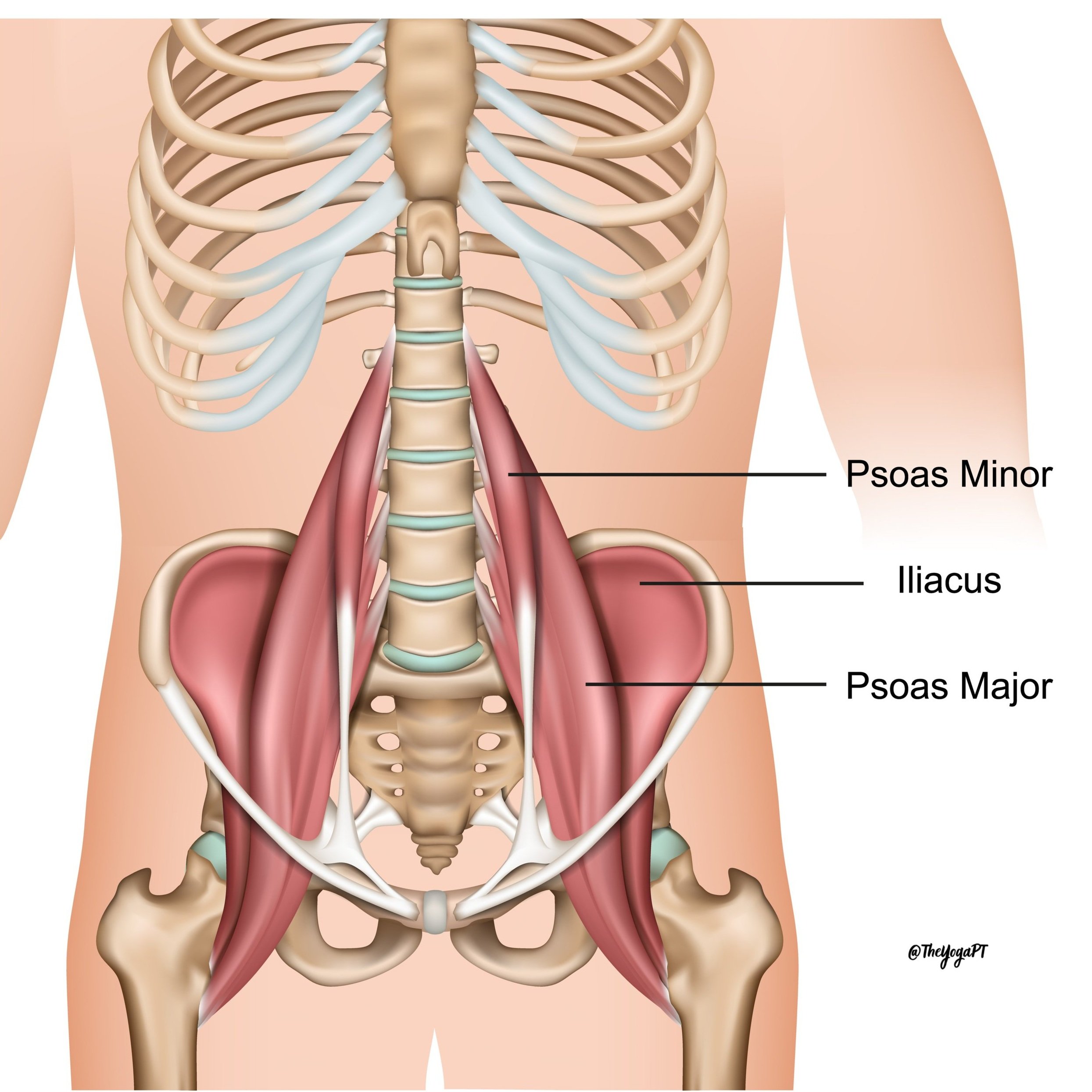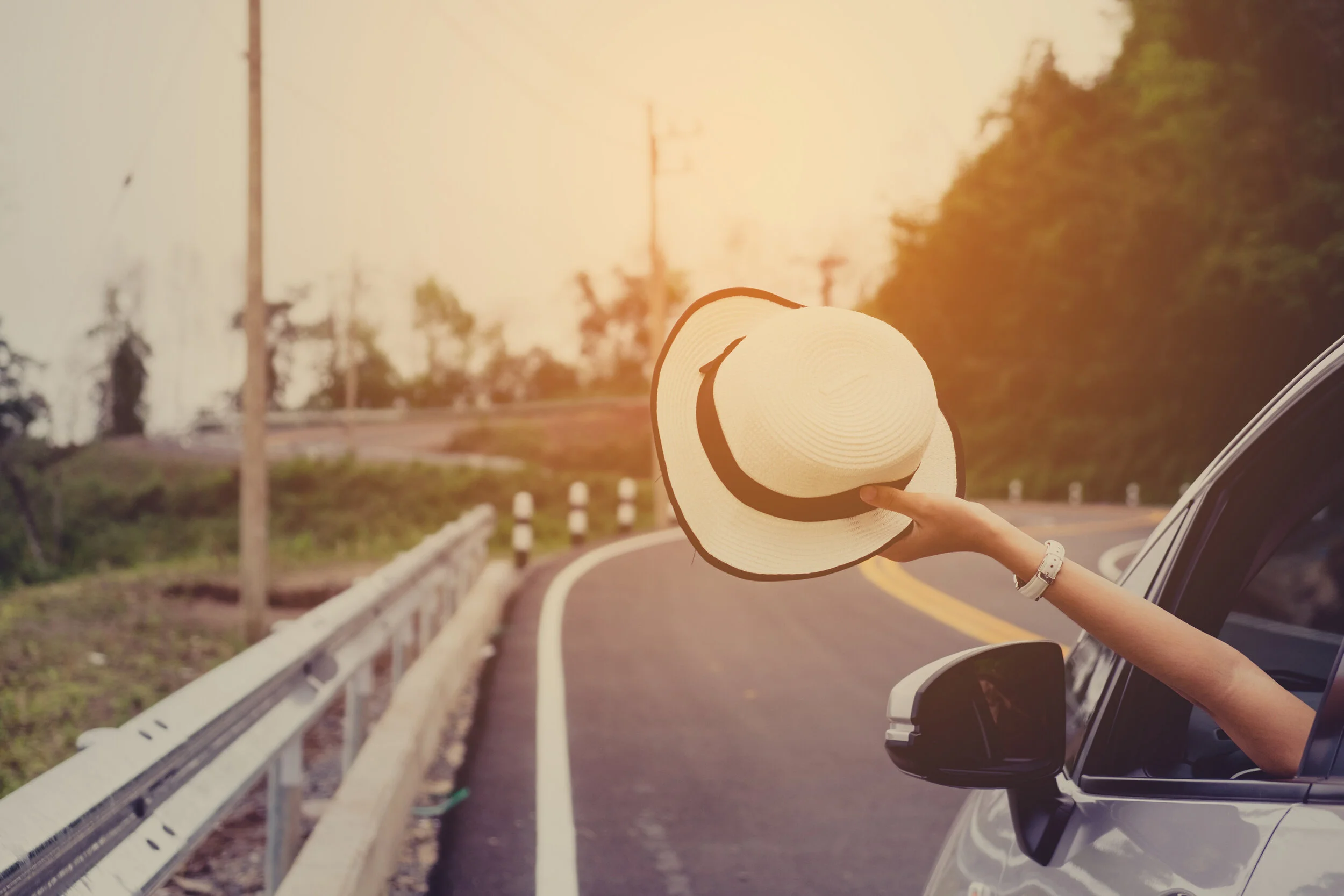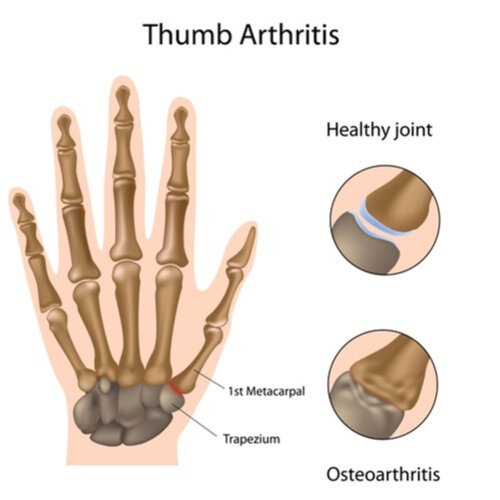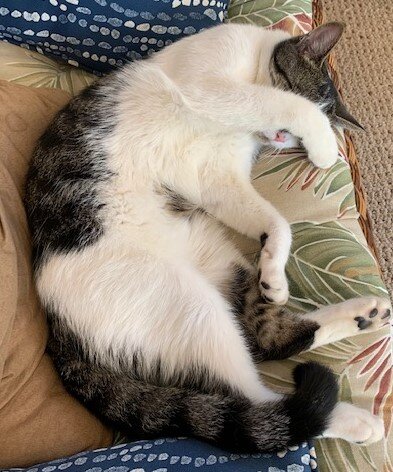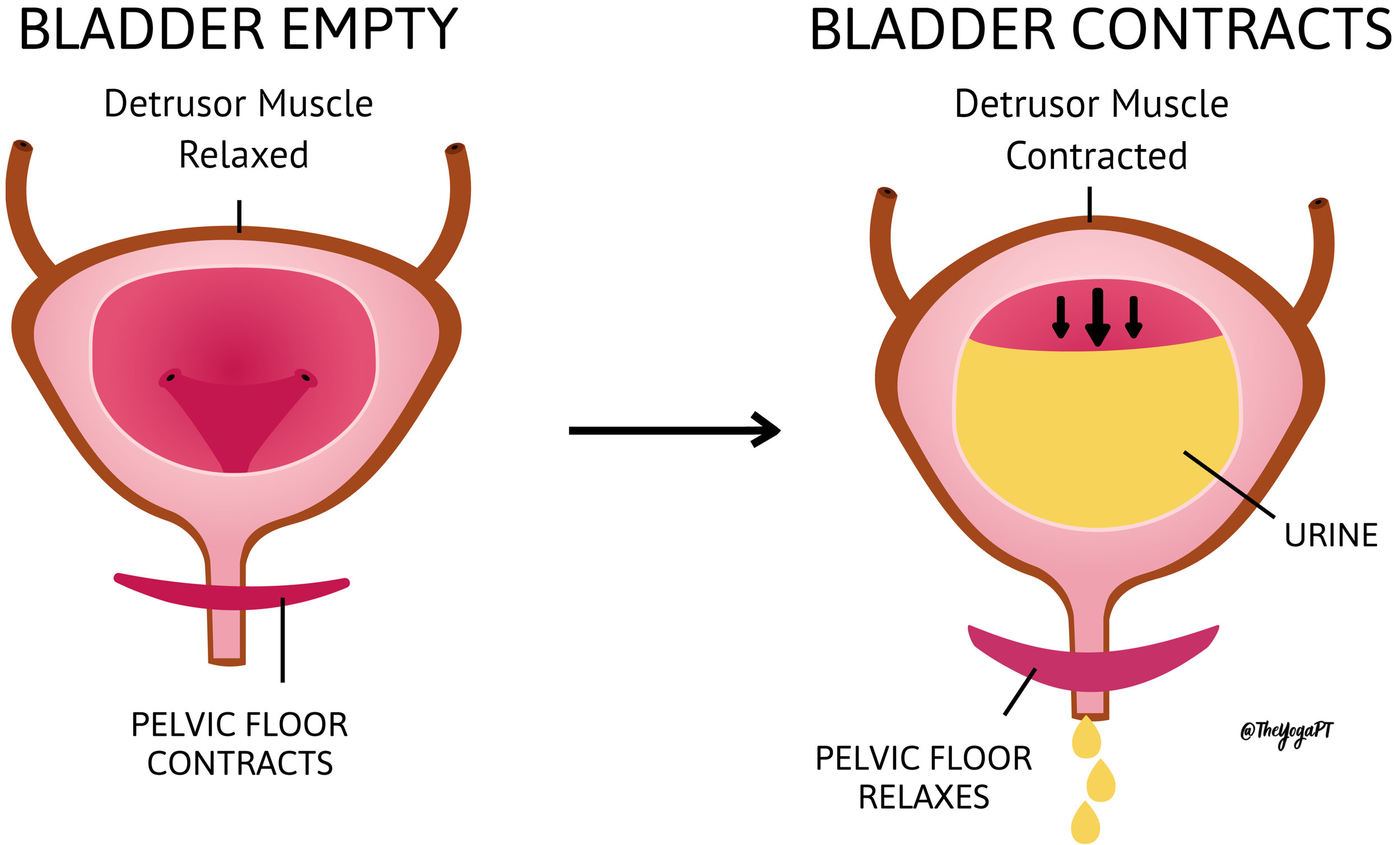Sometime around the age of 47, I noticed profound changes in my sleep rhythm. Previously, I had never had trouble falling asleep, and if I woke up in the night, I was able to fall back to sleep pretty easily. That sure has changed! Although I have always been an early riser, 4:30 am seemed to be my new normal. And then the 2 am wake-ups stretched on to 4:30 am, on a regular basis. Many mornings, I would give up and get up for the day. I made that work for a while by joining a 6 am exercise class. These intense early morning workouts did help, but then COVID began and the gym closed.
In addition to the random wake-ups and difficulty falling back to sleep, my hot flashes intensified. Not only was I waking up, but I was hot, uncomfortable, and wide-awake. This would happen several times a night, and I found myself looking forward to crawling into bed around 6:30 pm, exhausted. I was drinking a glass or two of red wine, which further increased my drowsiness, but seemed to be contributing to my night-time hot flashes. My morning coffee became 2 cups, and worst of all, my middle started to get a bit thicker.
I am now 52 and have completely transitioned to post-menopause. It has been 13 months since my last menstrual period. My natural estrogen is gone. What I have been experiencing for the past 5 years is perimenopause, followed by the transition, during COVID. My hormones have been changing, and all of the tissues in my body have been adjusting to the new normal. And I am still adjusting. It has been hard!
I have changed many things to improve my sleep, and although I don’t have all of the answers, I have figured out a few things that might help you.
One. Cool down your bedroom. I sleep much better now that I keep my summer sheets and summer comforter on my bed year-round. I keep the window open and wear earplugs. I also sleep in a tank top, not heavy pajamas, even when it is sub-zero. Your partner may need a blanket on their side of the bed, but keep your body from overheating and triggering the vasomotor response we call a hot flash. This will help you decrease the number of times you wake up from too much heat.
Two. Stop the alcohol. I know. But do it. Alcohol messes with your body’s temperature, insulin, and is known to be a depressant. Right now, none of us need anything in our lives that is a known depressant. Imbibe on special occasions only, but not on a nightly basis and definitely not as a sleep aid. It does the opposite. It may cause initial drowsiness, but it is well-documented that it decreases REM (Rapid Eye Movement) sleep, which we need in order to feel rested. It also disrupts our circadian rhythm, which we are struggling with anyway, so stop. (Inkelis, 2020).
Three. Get exercise outside, during the day, with sunlight. Our circadian rhythm is thrown off during this menopausal transition. We can help get it back in sync by getting out in the sun and getting our heart rates up a bit. The sun also increases our Vitamin D levels, and we need this for healthy bones, so it is a win-win scenario. There is evidence that Vitamin D deficiency is related to sleep disorders (Gao, 2018). So in addition to getting in the sun for at least 20 minutes, a supplement may be appropriate as well. You can get your Vitamin D levels evaluated the next time you have a physical, along with your cholesterol levels. Those of us who live in the north are particularly at risk for low levels.
Four. Go to bed and get up at the same time. We need to get our body’s back into a rhythm and to help with this, quiet your room, make it as dark as possible, turn off your devices and establish a bedtime. And get up when it is time to get up. Avoid napping during the day.
Five. Establish a bedtime routine that calms your nervous system. Read a book or listen to a guided relaxation. Prepare your body for sleep by keeping your devices in another room. Allow your nervous system to transition to rest and relaxation and out of fight or flight.
Some other things to consider.
Supplements and hormones. One popular supplement that has been found to be helpful and effective for getting to sleep is melatonin. Some studies have found that melatonin can be used to improve insomnia (Lee et. al., 2019; Caretto, 2019). Although you can buy melatonin yourself, check with your physician to help you come up with a dose that is safe. There are some side effects that you may not want to experience, such as depression and a heavy head feeling, and there are a few contraindications as well. So again, check with your physician before self-medicating.
Tart Cherry juice. If taking a pill is not appealing to you, consider drinking tart cherry juice, preferably organic, 2 hours before bed. The juice has both melatonin and tryptophan, which have positive effects on sleep. A study done by Losso et al. (2018), found positive outcomes when the participants consumed 8 oz of tart cherry juice. Another benefit, there were no side effects.
Hormone replacements - estrogen and/or progestin. If you are experiencing severe hot flashes that interfere with your sleep, it is worth a conversation with your physician about small dose hormone replacement. Contrary to what you may have heard, hormone replacement, when given to the appropriate women in the right dosage, can help with sleep, cardiovascular and bone health. The studies that were popularized in the early 1990s have been found to be flawed, and new research has reversed many of the assertions those studies made (Clark, 2006; Manson, 2016). Hormone replacement for sleep appears to be most effective for women with severe vasomotor symptoms i.e. hot flashes.
CPAP machine for sleep apnea. Sleep apnea is another contributing factor to poor sleep quality. In 2018, Heinzer et al. found sleep apnea in 30% of post-menopausal women, compared to just 9% of pre-menopausal women. It is associated with increased body weight, and women with sleep apnea are at a higher risk for depression and high blood pressure. As our bodies change during menopause and fat is distributed differently, this may contribute to the increased incidence of sleep apnea. Positive airway pressure machines (CPCP) are one way to treat this. If you have any of these risk factors, an evaluation for sleep apnea and proper treatment can improve your overall health substantially, by helping you get a good night’s sleep.
Let me know what you think of my suggestions. A good night's sleep is a wonderful thing. I wish you nothing but a peaceful night’s rest.
References
Caretto, M., Giannini, A., & Simoncini, T. (2019). An integrated approach to diagnosing and managing sleep disorders in menopausal women. Maturitas, 128, 1–3. https://doi.org/10.1016/j.maturitas.2019.06.008
Clark J. H. (2006). A critique of Women's Health Initiative Studies (2002-2006). Nuclear receptor signaling, 4, e023. https://doi.org/10.1621/nrs.04023
Gao, Q., Kou, T., Zhuang, B., Ren, Y., Dong, X., & Wang, Q. (2018). The Association between Vitamin D Deficiency and Sleep Disorders: A Systematic Review and Meta-Analysis. Nutrients, 10(10), 1395. https://doi.org/10.3390/nu10101395
Heinzer, R., Marti-Soler, H., Marques-Vidal, P., Tobback, N., Andries, D., Waeber, G., Preisig, M., Vollenweider, P., & Haba-Rubio, J. (2018). Impact of sex and menopausal status on the prevalence, clinical presentation, and comorbidities of sleep-disordered breathing. Sleep medicine, 51, 29–36. https://doi.org/10.1016/j.sleep.2018.04.016
Inkelis, S. M., Hasler, B. P., & Baker, F. C. (2020). Sleep and Alcohol Use in Women. Alcohol research: current reviews, 40(2), 13. https://doi.org/10.35946/arcr.v40.2.13
Lee, J., Han, Y., Cho, H. H., & Kim, M. R. (2019). Sleep Disorders and Menopause. Journal of menopausal medicine, 25(2), 83–87. https://doi.org/10.6118/jmm.19192
Losso, J. N., Finley, J. W., Karki, N., Liu, A. G., Prudente, A., Tipton, R., Yu, Y., & Greenway, F. L. (2018). Pilot Study of the Tart Cherry Juice for the Treatment of Insomnia and Investigation of Mechanisms. American journal of therapeutics, 25(2), e194–e201. https://doi.org/10.1097/MJT.0000000000000584
Manson, J. E., & Kaunitz, A. M. (2016). Menopause Management--Getting Clinical Care Back on Track. The New England journal of medicine, 374(9), 803–806. https://doi.org/10.1056/NEJMp1514242


